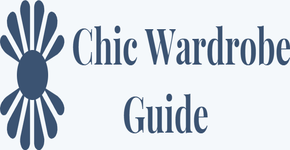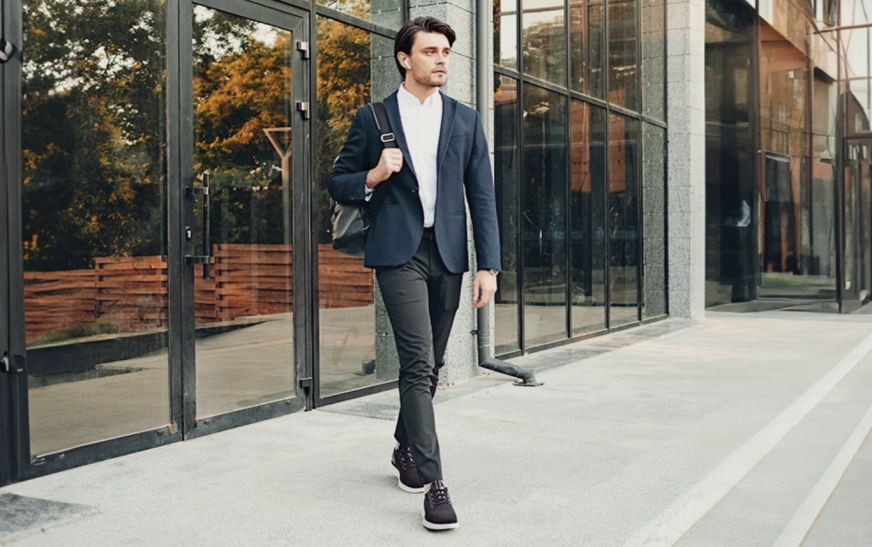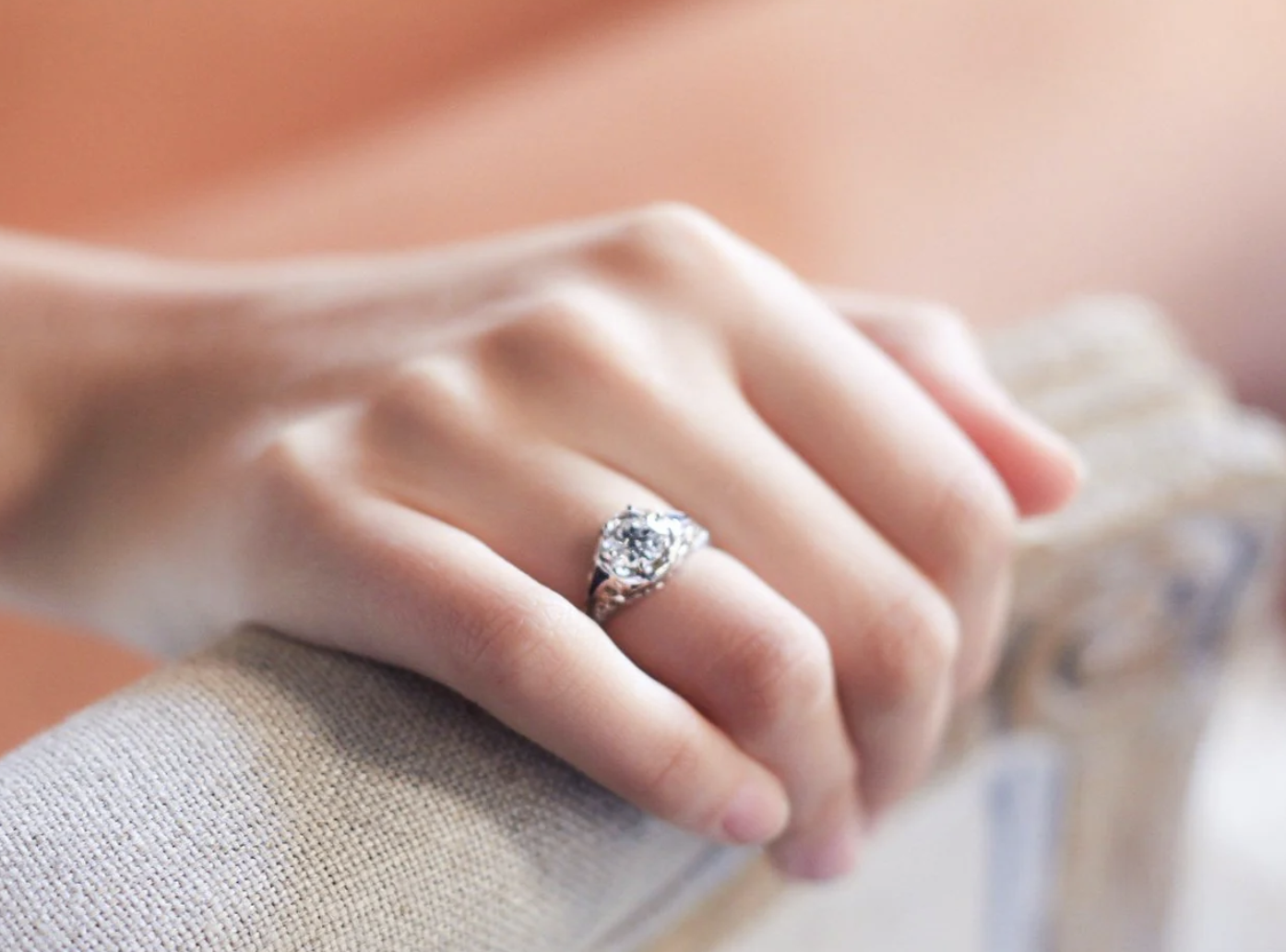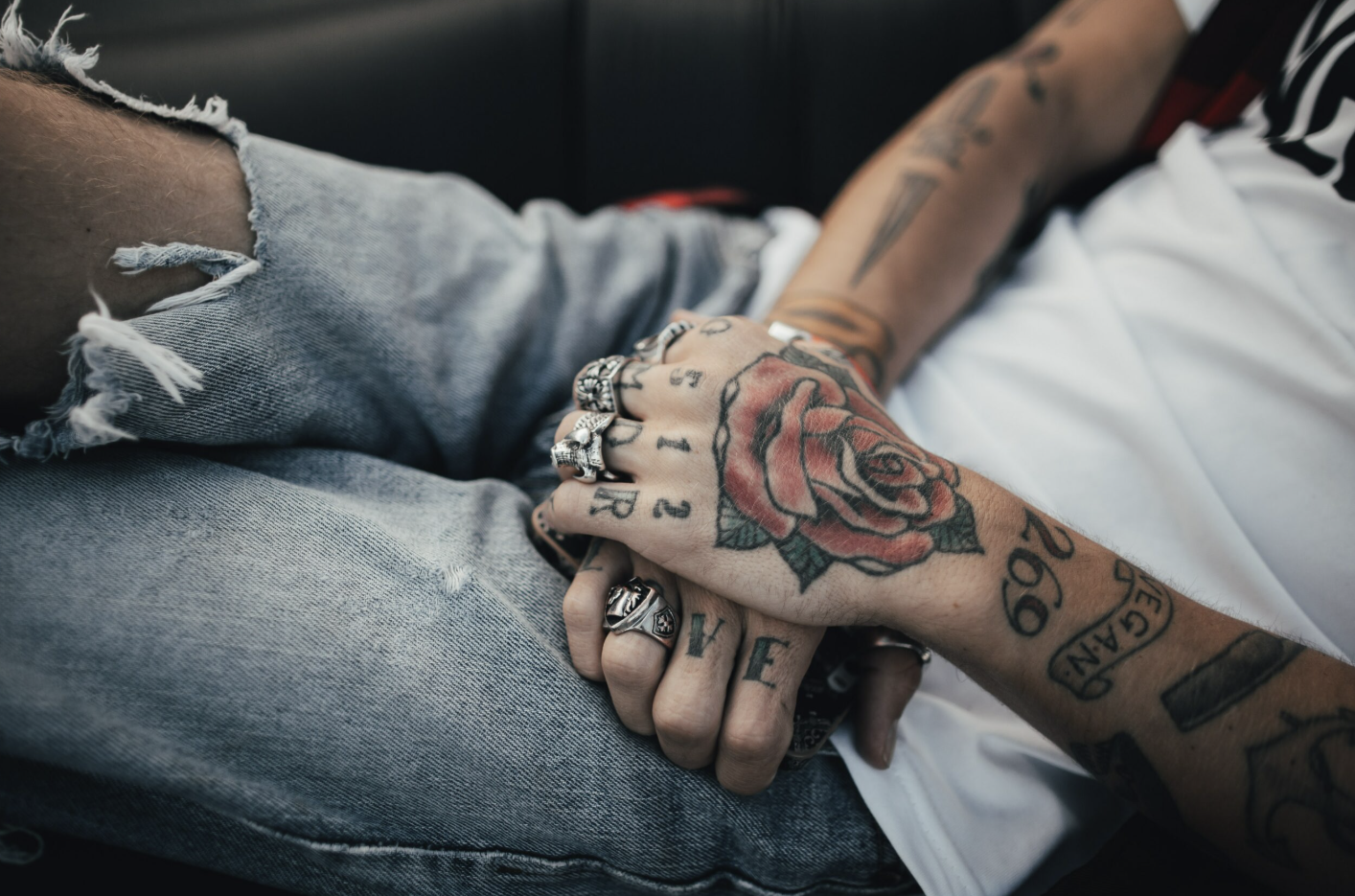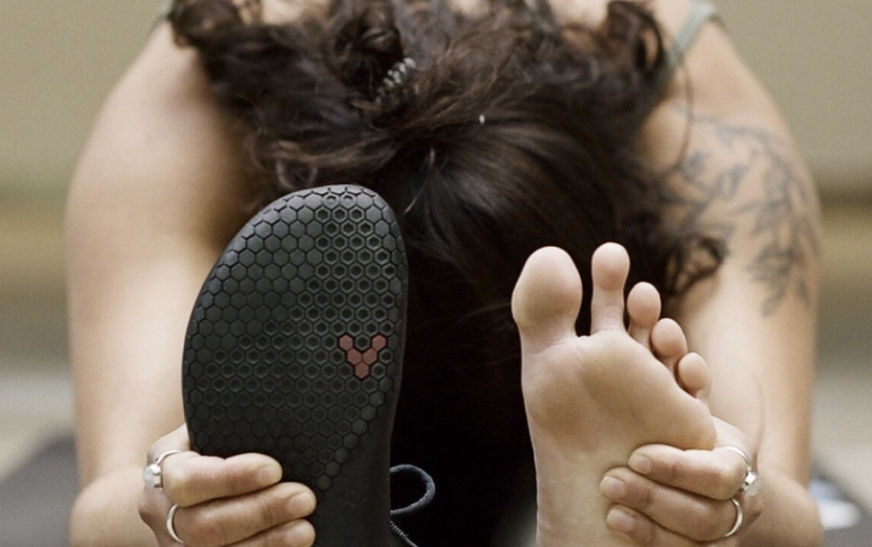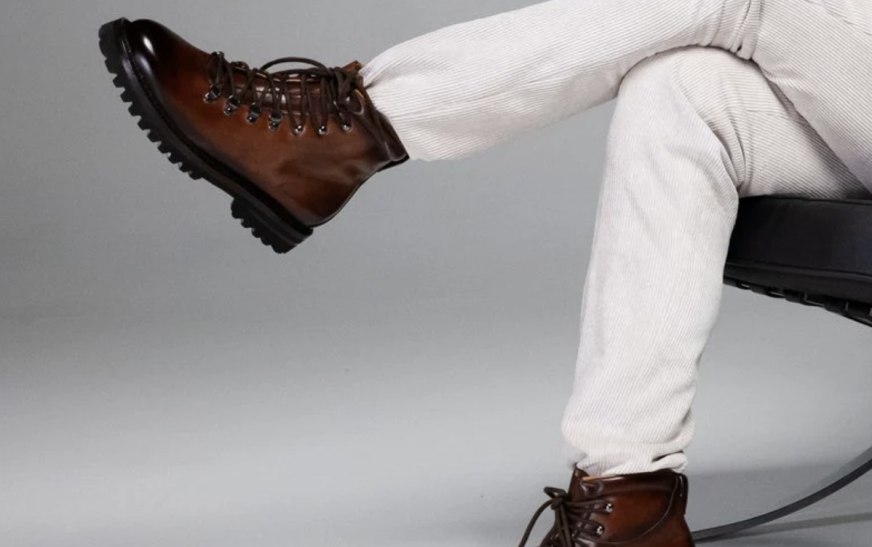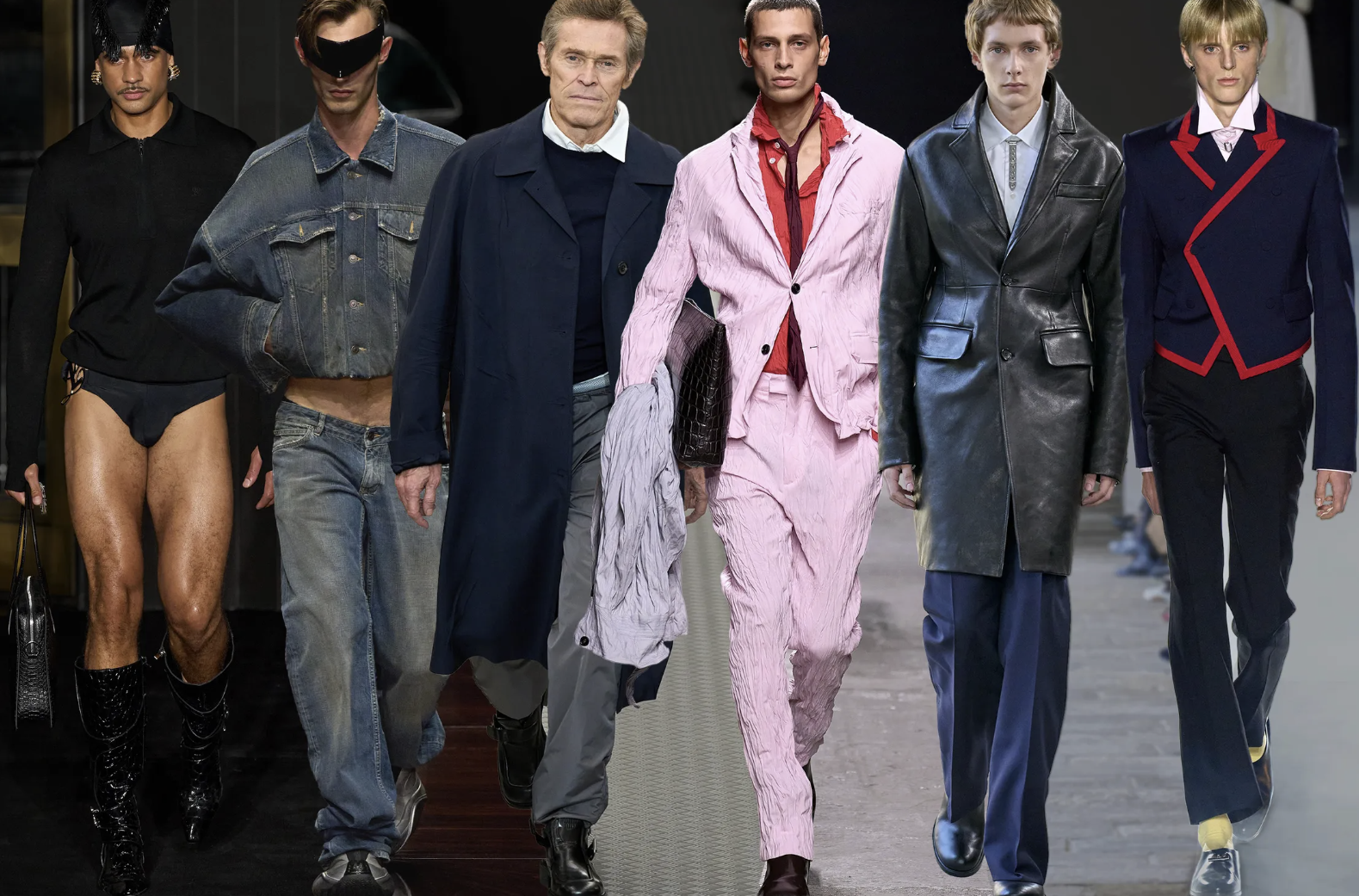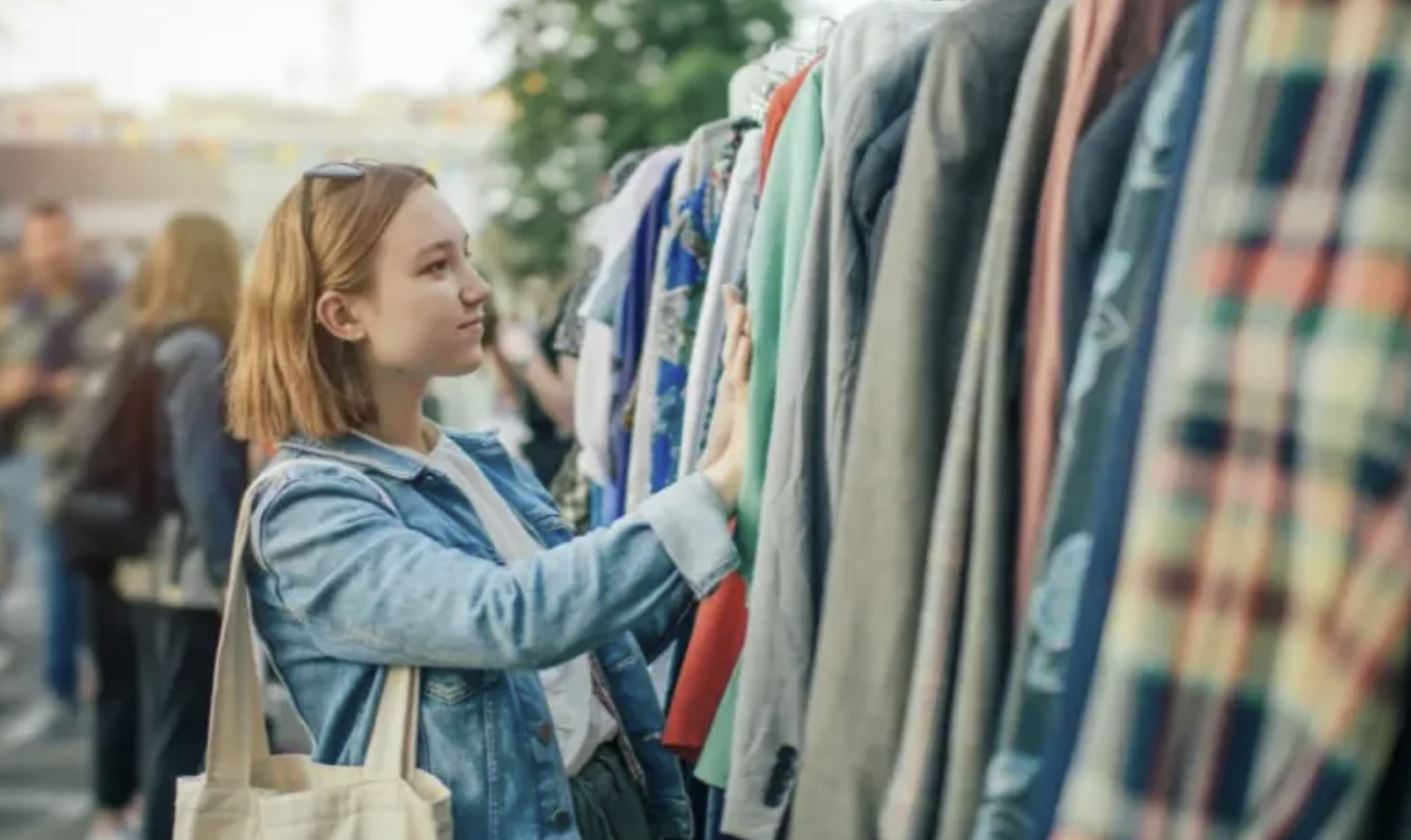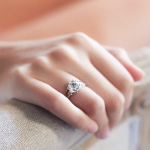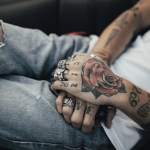Balancing professionalism with comfort in a business-casual setting can sometimes be tricky, especially with the wide range of dress codes across different workplaces. The key to mastering business-casual style lies in combining comfort with elegance while maintaining a polished look. In this guide, we’ll explore how men can confidently put together stylish and versatile outfits that meet the demands of a business-casual dress code, covering essential wardrobe pieces, footwear, accessories, layering, and adaptability.
Building the Foundation: Essential Pieces
A solid business-casual wardrobe starts with carefully selected, essential items. Before shopping, it’s important to assess your needs and define your style goals. Focus on key pieces that can easily mix and match for various occasions.
Chinos are a great alternative to traditional dress trousers, offering comfort and sophistication. They can be paired with everything from polos to sweaters, making them a versatile choice for a range of outfits.
Button-down shirts are another cornerstone of business-casual attire. They strike the right balance between formal and casual and can be paired with blazers to create a more professional appearance without compromising comfort. Don’t shy away from experimenting with different textures and patterns in your shirts to add dimension to your wardrobe.
By thoughtfully curating these essential pieces, you’ll create a foundation for versatile and adaptable outfits. Using a tool like a planner can help you organize and plan outfits for various occasions, ensuring you have the right pieces for every situation.
Footwear: Striking the Right Balance
Footwear plays a crucial role in defining a business-casual look. The right shoes can elevate your outfit or make it fall flat, so choose wisely.
Loafers, brogues, and Derby shoes are all excellent options that offer a perfect blend of professionalism and comfort. Loafers, available in leather and suede, are easy to slip on and are perfect for business-casual environments. They pair well with chinos or tailored trousers, providing a relaxed yet refined appearance.
Brogues and Derby shoes add an elegant touch with their intricate designs. These shoes work well for both formal and casual settings, depending on how you style them. When selecting footwear, keep the material and color in mind to ensure it complements your wardrobe staples. Neutral tones like black, brown, or navy are always a safe bet, as they can easily be paired with various outfits. Regular maintenance, such as polishing and proper storage, is also key to keeping your shoes looking sharp.
Accessories: The Finishing Touch
The right accessories can elevate a business-casual look, giving it a personal touch and a polished finish. When chosen thoughtfully, accessories like watches, belts, and ties can complete your ensemble.
Watches add sophistication and function. Choose designs that can transition seamlessly from casual to formal settings, blending well with different elements of your wardrobe.
Belts are essential in business-casual attire, helping to tie your look together. Opt for leather belts in neutral colors like black or brown to ensure versatility. Match your belt with your shoes for a harmonious look that enhances the overall style.
While ties aren’t always necessary in business-casual settings, they can add a touch of class when needed. Choose ties made from more relaxed materials like knit or wool, which offer a less formal vibe compared to silk. Stick to subtle patterns and colors to maintain a professional and sophisticated appearance.
Layering: Adapting to the Environment
Layering is a great way to enhance your business-casual style, adding depth and versatility to your outfits. Layering also allows you to adapt to changing temperatures throughout the day.
Start with a comfortable base layer, such as a button-down shirt or lightweight turtleneck. Then, build upon it with layers like a blazer for structure or a cardigan for warmth and texture. Pay attention to the weight of each layer to ensure comfort and a flattering silhouette. Lighter fabrics should be worn close to the skin, with heavier pieces layered on top.
Experiment with different combinations of textures and colors to create visually appealing looks. Layering provides flexibility, allowing you to adjust your outfit as needed throughout the day. Whether you’re heading to a meeting or a casual lunch, layering adds practicality and style to your business-casual wardrobe.
Adaptability for Different Occasions
A well-rounded business-casual wardrobe should be adaptable to various occasions. The versatility of business-casual attire lies in its ability to transition smoothly between different settings.
Invest in pieces that can easily be dressed up or down. For instance, a blazer can be paired with jeans and a t-shirt for a more casual setting or worn over a button-down shirt and chinos for a more formal office look. By carefully selecting versatile items, you can prepare for any occasion while maintaining a polished appearance.
Understanding the expectations of different environments allows you to adjust your attire accordingly. This adaptability ensures that you always look and feel confident, whether you’re attending a formal meeting or grabbing coffee with a colleague.
Final Thoughts
Mastering business-casual attire is about blending comfort, professionalism, and personal style. By focusing on essential pieces like chinos, button-down shirts, and well-chosen footwear, and by thoughtfully adding accessories and layering, you can create stylish outfits that are both functional and fashionable. The ability to adapt your look for various occasions boosts your confidence and helps you make a positive impression in any setting. With these style essentials, you’ll be well-equipped to navigate the world of business-casual with ease and flair.
